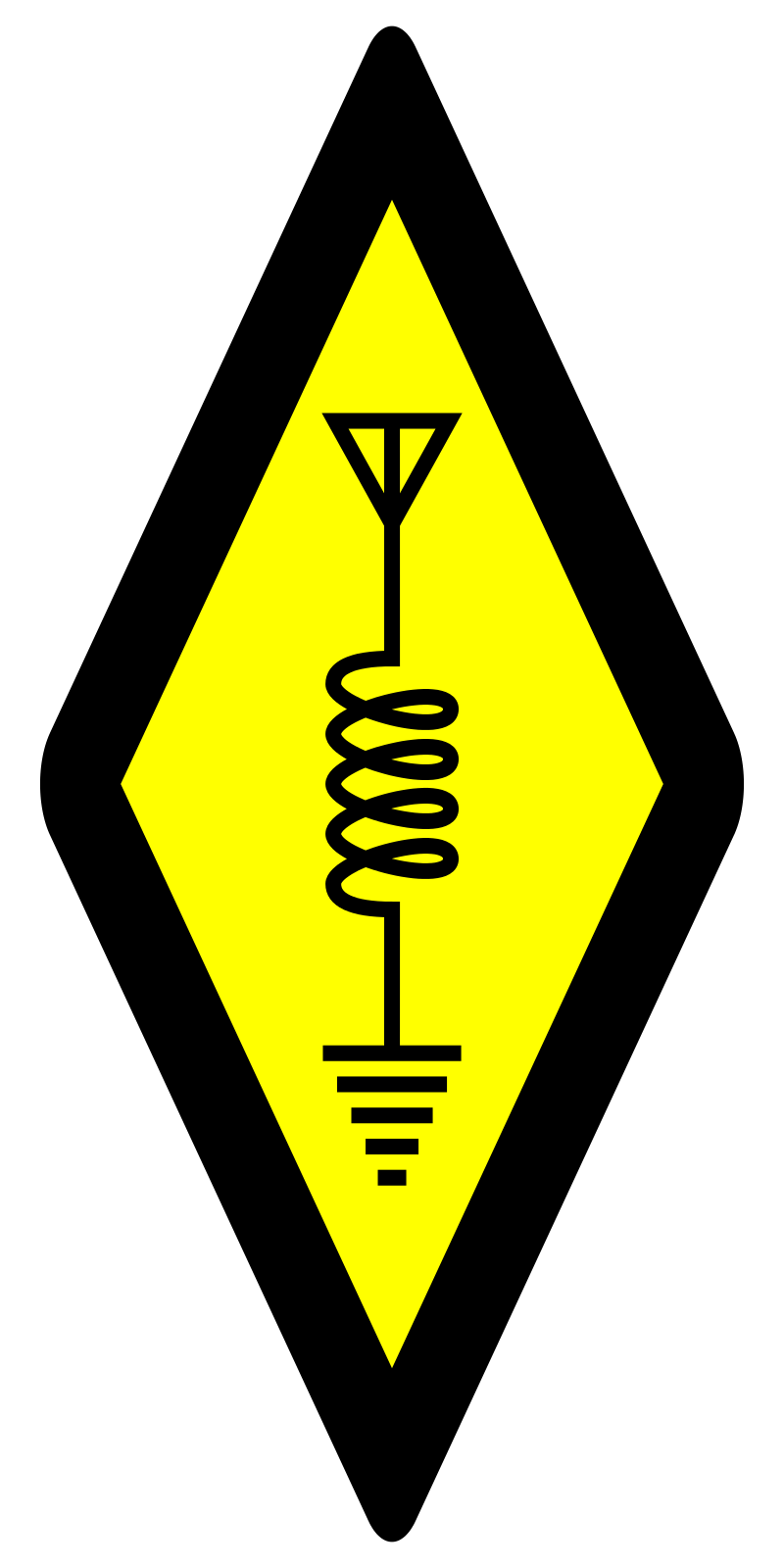If you’ve heard the phrase “shortwave listeners”, you might have wondered what on earth that was all about.
It relates to the length of a radio wave used to transmit information. The length of a radio wave is tied to its frequency. The longer the wave, the lower the frequency.
When radio amateurs talk about bands, like for example the 40m band, we’re talking about a range of frequencies where the wavelength is around 40m. From a frequency perspective, this is around 7 MHz. The 160m band, at about 1.8 MHz, or 1,800 kHz is considered the beginning of the short wave bands.
This implies that there are longer waves as well. If you’ve ever seen or owned a mid 1980’s transistor radio, you’ll have seen the notation MW, which stands for Medium Wave, today it’s called the AM band. Older radios might have the notation LW, or Long Wave.
The medium wave band is a broadcast radio band that runs between about 500 and 1,700 kHz. The wave length is between 600 m and 170 m.
When radio was still in its infancy, there was also a popular long wave band, with wavelengths between 800 m and 2,000 m, or 150 to 375 kHz.
Today much of that has gone by the wayside. With the advent of digital radio, in Australia it’s called DAB+, Digital Audio Broadcasting, the whole idea of “wave” has pretty much vanished.
Some countries like Japan and the United States are in the process of discussing the phasing out of the AM broadcast band. Much of that appears to be driven by car manufacturers who claim that the AM band is no longer useful or used, but forget to tell anyone that they really want to stop having to put AM radios in their cars because it’s difficult to isolate the electrical noise from their modern contraptions in order to make it possible to actually listen to that band.
If you ask me, it’s a good incentive to make electronics RF quiet, something which is increasingly important in our wirelessly connected world.
This might lead you to believe that all activity on air is moving to higher and higher frequencies, but that’s not the case. The properties that made long wave and medium wave radio possible in the early 1900’s are still valid today. For example, there are WSPR or Weak Signal Propagation Reporter beacons on the 2200m band, or at 136 kHz.
Whilst your RTL-SDR dongle might not quite get down that low, most of them start at 500 kHz, you don’t need to spend big to start playing. My Yeasu FT-857d is capable of tuning to 100 kHz, plenty of space to start listening to the 2200m band, even if I cannot physically, or legally, transmit there.
If you want to build your own receiver, you can check out the weaksignals.com website by Alberto I2PHD where you’ll find a project to build a receiver capable of 8 kHz to 900 kHz using a $50 circuit board.
If that’s not enough, there’s radio experimentation happening at even lower frequencies. Dedicated to listening to anything below 22 kHz, including natural RF, with a wavelength greater than 13 km, Renato IK1QFK runs the website vlf.it where you’ll find receivers and antennas to build.
Given that most sound cards operate up to around 192 kHz, you can start by connecting an antenna to the microphone port of your sound card and use it to receive VLF or Very Low Frequencies. On your Linux computer you can use “Quisk” to tune.
There are VLF transmitters on air. For example, SAQ, the Grimeton Radio Station in Sweden opened on the 1st of December 1924. Capable of 200 kW, today it uses about 80 kW and transmits twice a year on 17.2 kHz.
While we search for higher and higher frequencies, there is still plenty of fun to be had at the other end of the radio spectrum. Consider for example that VLF or Very Low Frequency radio waves, between 3 and 30 kHz can penetrate seawater.
I’ll leave you to explore.
I’m Onno VK6FLAB


Just because you use a resonant antenna on 20m, doesn’t mean you need one on 2200m. Additional loading is perfectly reasonable. If you look at the local AM broadcasters, their antennas are loaded.
I hadn’t considered loading tbh, I’ll give it another go—just need to be in one place longer than 30 days haha
Also, loop antennas are an option.